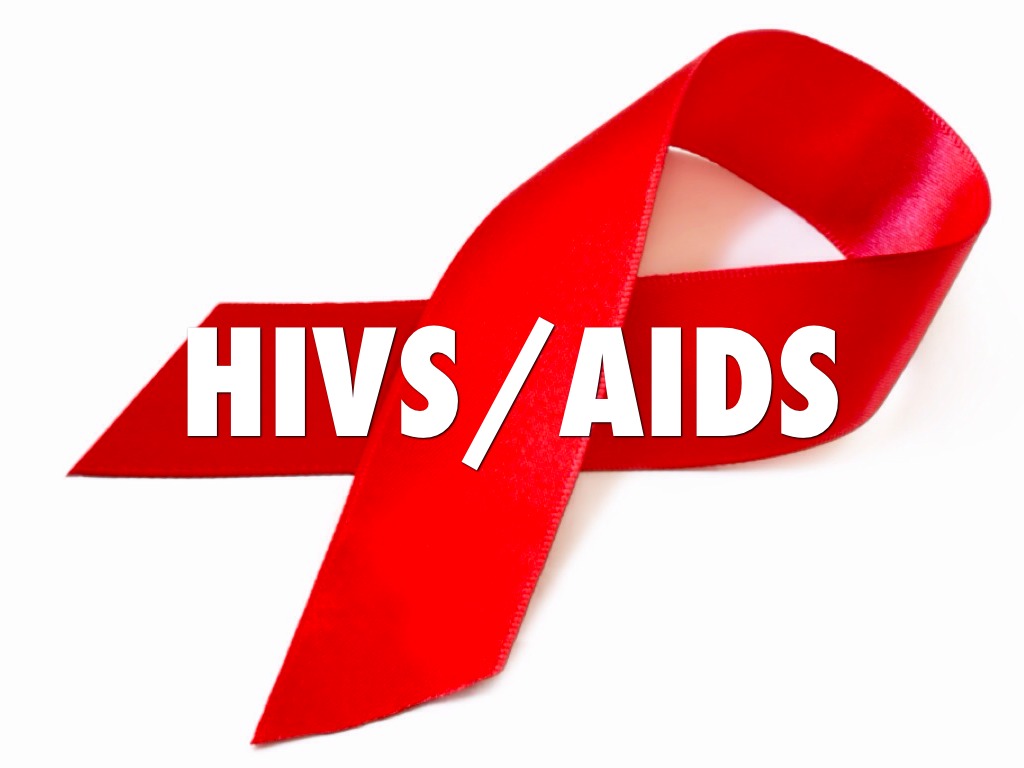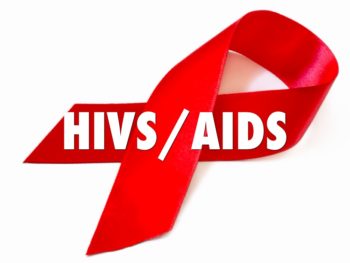
#StayNegative: December is HIV/AIDS month
 To raise the awareness of Catholics, the CBCP held a National Catholic AIDS Sunday last December 4. December is also declared by the government as HIV/AIDS month.
To raise the awareness of Catholics, the CBCP held a National Catholic AIDS Sunday last December 4. December is also declared by the government as HIV/AIDS month.
Recent updates on HIV/AIDS from the Department of Health’s (DOH) website reflect an alarming increase. In June 2016, there were 841 new HIV antibody seropositive individuals reported to the HIV/AIDS & ART Registry of the Philippines (HARP). This was 9% higher compared to the same period last year (772). This means that the virus claims about 28 victims every day. This was the highest number of cases ever reported since 1984. Eighty-eight percent were asymptomatic at the time of reporting, meaning showing no symptoms.
Most (95%) were male. The median age was 28 years old (age range 1 year – 66 years). More than half belong to the 25-34 year age group while 27% were youth aged 15-24 years.
The regions with the most number of reported cases were National Capital Region (NCR) with 335 (40%) cases, Region 4A with 126 (15%), Region 7 with 121 (14%) cases, Region 3 with 57 (7%) cases, and Region 11 with 46 (5%). An additional case of 19% comes from the rest of the country.
The numbers and the age range of victims are alarming but Health Secretary Paulyn Ubial’s announcement challenges anew the Church’s position. She said that starting next year condoms will be distributed in schools nationwide as part of the effort to stop the spread of HIV/AIDS among the Filipino youth.
For Ubial, “Distribution of condom is not a bad habit. We are not encouraging the youth to use. It is for safekeeping and should be used only during emergency and for their protection.”
Condoms do not provide 100% protection. Cardinal Alfonso Lopez Trujillo, president of the Pontifical Council of the Family, says that HIV virus is small enough to pass through condoms and promoting condom use is like playing “Russian roulette” with AIDS. He remarks further that “safe sex” campaigns are dangerous because they increase promiscuity and give condom users a false sense of security.
In his article, Family Values and Safe Sex, Cardinal Trujillo cited non-ecclesiastical circles supporting the concern that condoms do not provide total protection against AIDS and STDs. Dr. Helen Singer-Kaplan, who founded the Human Sexuality Program at the New York Weill Cornell Medical Center, wrote in her book, The Real Truth about Women and AIDS: “Counting on condoms is flirting with death.” A Dutch medical journal also stated that , “Practice shows that there is a great need for a method that prevents both HIV as well as pregnancy. Sad to say, the people still have not become aware that his method cannot be the condom.”
In the 1980s and the 1990s, questions on the real protection provided by condoms arose from electron microscopic studies on the latex material, a concern related to the fact that the AIDS virus is about 25 times smaller than the sperm cell’s head, and 450 times smaller than the sperm cell’s length.
Distributing condoms to the youth may also send wrong signal. The late Pope, now St. John Paul II, banned condoms.
“The Holy See…considers that it is necessary above all to combat this disease in a responsible way by increasing prevention, notably through education about respect of the sacred value of life and formation about the correct practice of sexuality, which presupposes chastity and fidelity.”
The spread of AIDS is due to breakdown of moral values according to St John Paul II. He says that condom use encourages people to have inconsequential and irresponsible sex. It turns life into a life without responsibility.
Fr. Cancino, Executive Secretary of the CBCP-Episcopal Commission on Health Care said that the CBCP believes that at least 2 factors contributed to the spread of HIV/AIDS – poor dissemination of information and the prevalence of pre-marital sexual activities among the youth.
Ubial defends her decision saying that the government must adopt bolder moves considering that the profile of HIV/AIDS patients in the country is getting younger.
Any parent would be as concerned as the government with his child contacting HIV/AIDS. But instead of taking responsibility of educating his child to learn self-control and proper behaviour, would he or she hand him condom as a precaution following DOH’s action?
The Catholic Church is criticized for its stance. But even experts would agree that by far the best protection is abstinence before marriage and fidelity to one’s spouse.
What can every Catholic do?
Participate by being informed about the HIV/AIDS virus. Be part of the answer rather than be one of the statistics. Prevent infection by protecting oneself or loved ones through honest and factual information and moral living.


No Comments